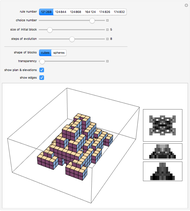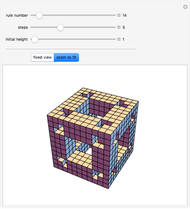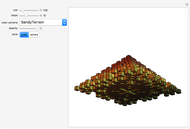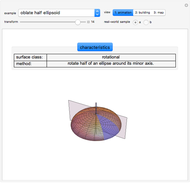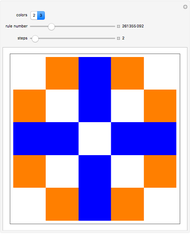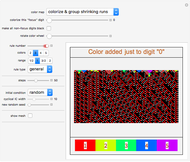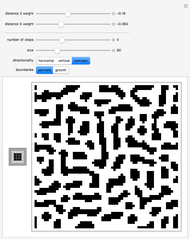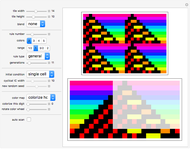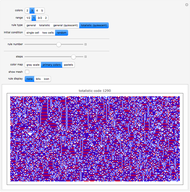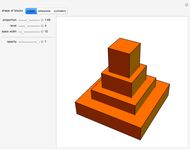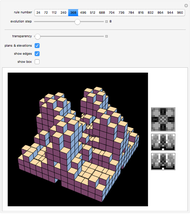Ancient Architectural Designs with Cellular Automata

Requires a Wolfram Notebook System
Interact on desktop, mobile and cloud with the free Wolfram Player or other Wolfram Language products.
This Demonstration uses 2D totalistic cellular automata (added layer per layer) in three-dimensional space to show how simple rules can generate highly complex ancient Indonesian architectural designs. For instance, the Borobudur Temple and the pyramidal Sukuh Temple (Central Java, Indonesia) can be simulated with rules 816 and 960.
Contributed by: Hokky Situngkir (March 2011)
Open content licensed under CC BY-NC-SA
Snapshots
Details
Reference
[1] H. Situngkir, "Exploring Ancient Architectural Designs with Cellular Automata," BFI Working Paper Series WP-9-2010, Bandung Fe Institute, Indonesia, 2010.
Permanent Citation
"Ancient Architectural Designs with Cellular Automata"
http://demonstrations.wolfram.com/AncientArchitecturalDesignsWithCellularAutomata/
Wolfram Demonstrations Project
Published: March 7 2011








